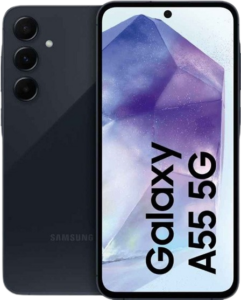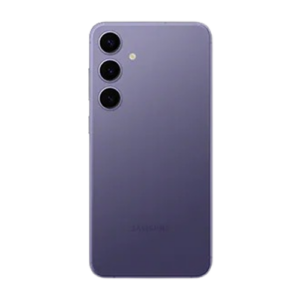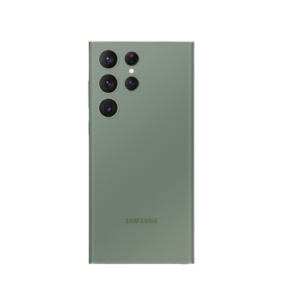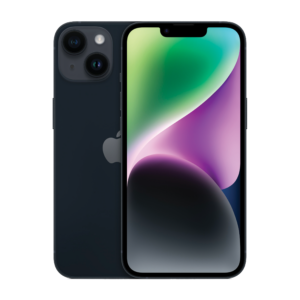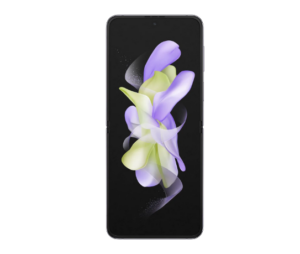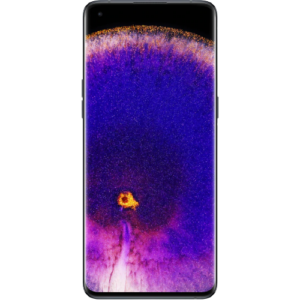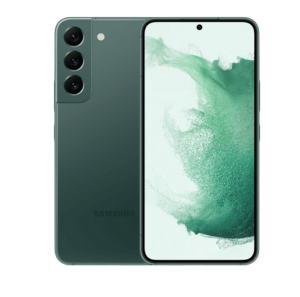Sleeker design and a better price makes for one of the year's best mid-rangers.
Motorola Edge 50 Fusion review: Thrifty throwback
Over the past few years. Sony, LG, HTC, Huawei and others have all thrown in the towel when it comes to chasing the likes of Apple and Samsung. Despite this contraction in competition, there's been no shortfall in the number of new devices released each year that pitch themselves as pairing flagship features with a more affordable price point.
Motorola has always been part of this conversation but faced with the rising costs of the competition, the new Edge 50 Fusion stands out as an exceptional rendition of that familiar formula. Even if the brand has cut a few corners to get its latest mid-ranger down to a price lower than its predecessor, those shortcuts pay off in a big way.
The Motorola Edge 50 Fusion might not be the best mid-ranger of the year, but it's a shoo-in for the best value one.
How much does the Motorola Edge 50 Fusion cost in Australia?

In Australia, the Motorola Edge 50 Fusion starts at a recommended retail price of $599. That puts it towards the cheaper end of what most consumers would consider mid-range. It's more expensive than fare like the HMD Pulse but it's a fair amount more affordable than the budget-friendly smartphones that Samsung and Google are fielding this year.
What's more, you might be able to find a good deal on the device if you look around. Here's a complete round-up of the best prices and deals for Motorola Edge 50 Fusion in Australia.
Motorola Edge 50 Fusion - Design and Features

The Motorola Edge 50 Fusion does not look like a $600 phone and a big part of the reason why is the screen involved. The mid-ranger rocks a 6.7-inch OLED screen that's the same size as the one seen on the Motorola Edge 50 Pro and features curved edges that give a luxury-grade feel. Even if Motorola has taken a few shortcuts when it comes to specific specs like resolution and refresh rate, these feel like minor quibbles when you're using the device itself.
The front-facing half of the Motorola Edge 50 Fusion proved itself a gorgeous canvas for games, apps and web browsing. Curved edges here might have gone out of fashion when it comes to flagships but they do a lot of work where when it comes to making for a mid-ranger that feels more expensive than it is.
The fact that the Motorola Edge 50 Fusion doesn't have a headphone jack feels a little out of step with the rest of the price bracket but the fact that comes accompanied by a set of Dolby Atmos speakers helps make up some of the difference. What's more, this is far from the only premium perk in the mix here. Others include face unlock, an in-display fingerprint sensor, IP68 water resistance and 68W fast charging. The only major omission here is wireless charging, which remains rare in mid-range devices so it's not a shocker to find it missing in action here. Maybe next time.
The back of the Motorola Edge 50 Fusion features a revised version of the hardware setup found on its predecessors. For those not keeping track, this includes a 50MP main lens and a 13MP ultrawide one (but not the 2MP depth sensor found in the Edge 40 Fusion and Edge 30 Fusion) plus a 32MP selfie shooter on the front.
In action, I found that this corner cutting left me a little unsatisfied with the results that the camera on the Motorola Edge 50 Fusion could deliver. Daylight snaps looked sharp enough, but as soon as any low-light or movement entered the picture then the quality of the images taken began to vary for the worse. It's not that much worse than most modern mid-range devices in this regard but it's also hard to make much of a case for it in the other direction.
Simply put, the design and features on offer here might veer closer to flagship than thrift but there's no substitute for a better camera. The Motorola Edge 50 Fusion is a steal at $599 but if camera quality matters to you then you're unlikely to regret up-selling yourself to something like the Pixel 8a.


















Motorola Edge 50 Fusion - Performance

Under the hood, the Motorola Edge 50 Fusion is powered by the Qualcomm Snapdragon 7 Gen 2 processor, up to 12GB of RAM, 256GB of storage and a 5000mAh battery.
That last one is a clear upgrade over the batteries found in previous Edge Fusion devices. Meanwhile, the first is a mid-cycle upgrade on the first gen Snapdragon 8 Gen 1. It's not quite as fast as what you'll find in this year's flagship devices but if your means are as modest as your appetite, you'll have plenty to chew on here.
The chipset inside the Motorola Edge 50 Fusion proved to be more than up to the task of meeting my everyday needs. I rarely found myself wanting or waiting on the level of moment-to-moment performance it covered. Apps loaded fast and the hardware never got bogged down by multitasking.
Games like Diablo Immortal and Honkai Star Rail ran well enough that I didn't have any issues, though the 60FPS play wasn't supported. If that level of performance is something you care about then the Motorola Edge 50 Fusion is probably going to be a little too thrifty to satisfy.
In addition, some games like Risk of Rain: Hostile Worlds weren't supported at all for this particular device. It's not super clear to me if that was due to some specific shortcoming on the part of the hardware or if the game itself hadn't yet been updated or tested to support the device in general. However, even as someone who has spent too many years writing phone reviews, this isn't something I can recall running into before and it adds a frustrating asterisk to an otherwise strong showing by the Motorola Edge 50 Fusion.
That said, these smaller complaints feel like footnotes when it comes to the broader story the device tells about battery life. I'd usually manage a full two days of usage off a single charge, and with each passing day, it felt like the Motorola Edge 50 Fusion fared better and better as it adapted to my usage patterns.
Burned down from 100% to zero using video streamed over WiFi, the Motorola Edge 50 Fusion lasted 25 hours and 45 minutes. That result puts it ahead of the thrifty Moto G84 and Google's Pixel 8a.
The Edge 50 Fusion supports faster fast charging but only up to 68W rather than 125W found in the Motorola Edge 50 Pro. Despite that, it's still likely to be more than fast enough for most people. As previously mentioned, it's a shame that wireless charging isn't supported but that's a minor quibble once you factor in the battery life and fast charging.
Is the Motorola Edge 50 Fusion worth buying?

In a world where even the best budget phones are pushing the boundaries of how much a cheap phone should cost, the Motorola Edge 50 Fusion finds plenty of mileage by running in the opposite direction. There are a few weak links here, but they do little to hold back the device's strengths given the asking price attached.
If you're the kind of person who grew up with the idea that the best tech is the kind that becomes cheaper over time rather than just better, the Motorola Edge 50 Fusion is one for you.
Related Articles







